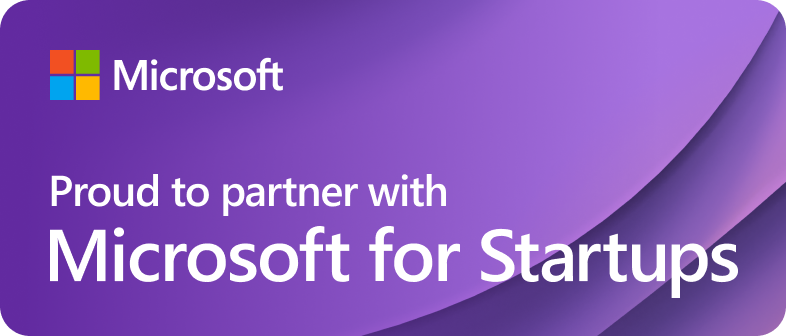In today’s hyper-connected world, cybersecurity has never been more critical. As more businesses embrace digital transformation, the risk of cyberattacks grows exponentially. Laptops, smartphones, and internet connectivity allow flexibility in the workplace, but they also introduce vulnerabilities that hackers can exploit. Whether it’s a ransomware attack, a data breach, or social engineering, understanding these threats and deploying the right cybersecurity solutions is essential to protecting both personal and organizational data.

The Growing Threat of Cyberattacks
Cybercriminals are constantly innovating, creating new ways to bypass traditional security measures. Major breaches, such as the Optus attack, where hackers accessed customer information including identification numbers, names, and addresses, highlight the importance of securing networks and devices. The evolving threat landscape means that businesses of all sizes must adopt a zero trust security model to minimize the risk of unauthorized access.
Social Engineering: The Human Vulnerability
Social engineering attacks are a form of cyberattack where hackers manipulate individuals into revealing sensitive information. These attacks are particularly dangerous because they target human psychology, not just technical vulnerabilities. The U.S. Cybersecurity and Infrastructure Security Agency (CISA) defines social engineering as “human interaction” manipulation. The hacker may pose as a trusted individual, such as a new employee, IT personnel, or even a vendor, to trick an unsuspecting victim into giving away critical data.
Phishing Attacks: An Ongoing Risk
One of the most common methods hackers use is phishing. Phishing emails often appear to come from a trusted source, such as your company’s IT department or your bank. These emails are designed to steal credentials or trick users into clicking on malicious links that install malware or ransomware.
A major phishing attempt targeted Australians by impersonating the Australian Taxation Office (ATO), trying to steal tax and personal data. To prevent falling victim to phishing attacks, always verify the sender of emails, avoid clicking on suspicious links, and report any questionable communications to your company’s security team.
You can read more about it here.
Social Media: Beware of Oversharing
Oversharing personal or professional information on social media can inadvertently provide attackers with the data they need to craft a targeted attack. Hackers may gather information from your posts—such as your location, workplace, and social connections—to perform spear phishing or impersonation attacks.
For example, an employee who shares sensitive work-related details on LinkedIn could unknowingly expose their company to a cyberattack. Organizations need to enforce strict social media policies and educate employees on the dangers of oversharing.
The Danger of Fake Apps
Another common threat is counterfeit apps, which pose as legitimate applications but steal data once installed. Hackers often create fake versions of popular apps to lure users into granting access to personal information or critical security permissions.
An example of this occurred when Fortnite fans unknowingly downloaded fake apps that gave cybercriminals access to their devices. Always download apps directly from trusted sources, such as official app stores, and verify the developer’s authenticity.
You can read more about the Fortnite scammers here.
Strengthening Your Cybersecurity with ioweaver
While there are many ways to mitigate cyber risks, partnering with a comprehensive cybersecurity platform like ioweaver can significantly boost your organization’s security. At ioweaver, we recognize that each business faces unique security challenges. Our service offers comprehensive threat modeling, cutting-edge threat intelligence through OSINT, and customized security awareness training tailored to your specific business landscape, customer data, and products.
By partnering with ioweaver, you’re not just adopting a security solution—you’re building a resilient defense strategy designed to protect your organization from evolving cyber threats. Let us help you safeguard what matters most.
Stay one step ahead of hackers and let us help your organisation to learn more about their cutting-edge cybersecurity solutions by our AI powered solutions.
